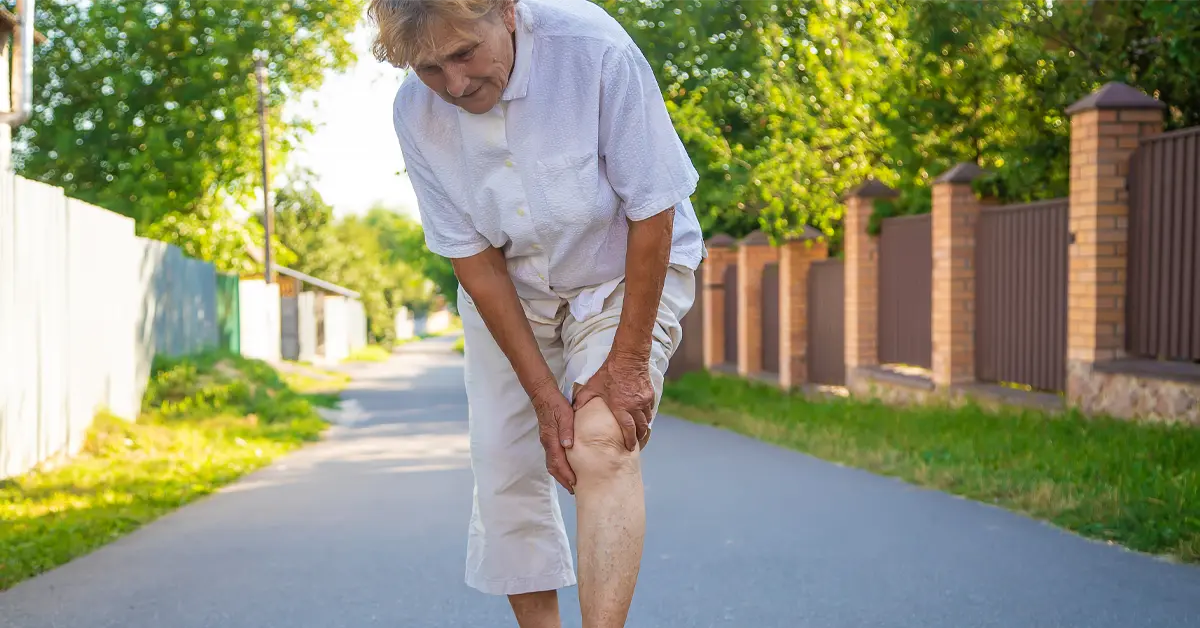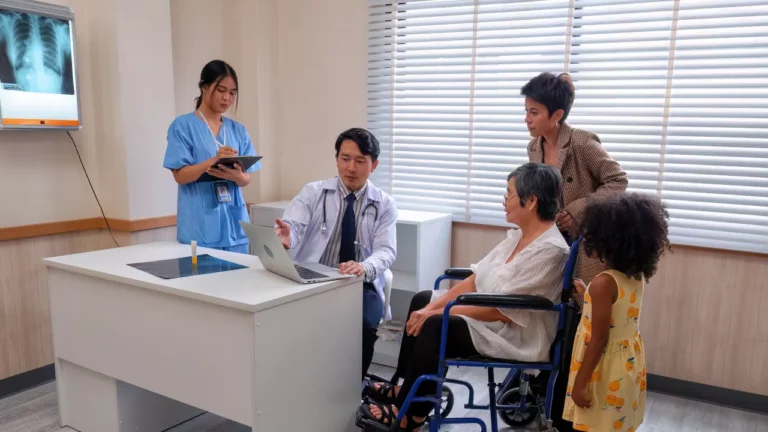The most typical type of arthritis is osteoarthritis (OA). Degenerative joint disease or “wear and tear” arthritis are two names for it. It usually affects the hands, hips, and knees. Over 32.5 million US people suffer with OA.(1)
What are the symptoms of osteoarthritis?
Symptoms of osteoarthritis frequently appear gradually and get worse over time. Osteoarthritis symptoms and signs include:
- Pain. Movement may hurt the affected joints during or after.
- Stiffness. Joint stiffness may be more apparent in the morning or after inactivity.
- Tenderness. When you lightly press on or close to your joint, it could feel tender.
- Decrease in adaptability. Your joint may not be able to move through its entire range of motion.
- Grating feeling. When you utilize the joint, you could get a grating sensation and hear popping or cracking.
- Bone growths. Around the afflicted joint, these additional pieces of bone that feel like hard lumps, can develop.
- Swelling. Inflammation of the soft tissues near the joint may be the cause of this.
What are the risk factors for osteoarthritis?
Your likelihood of having OA is increased by a number of risk factors. They consist of:
- having relatives with the illness, especially parents or siblings
- gender, with greater prevalence of OA in women than in males
- being 50 years or older, as determined by the Arthritis Foundation
- after going through menopause
- having a job that requires bending down, climbing, moving big objects, or comparable tasks
- an injury history
- having obesity or being overweight
- faulty posture
- having a different type of arthritis or diabetes that has an impact on your ability to move freely
How is osteoarthritis diagnosed?
Through a study of the symptoms, a physical examination, X-rays, and lab tests, a doctor can determine if you have OA. If there are any concerns about the diagnosis, a rheumatologist, a physician who focuses on arthritis and other associated disorders, might be of assistance.
What are the treatments for osteoarthritis?
Since there is no known cure for OA, doctors typically use a variety of therapy to address its symptoms, which may include the following:
- an increase in exercise
- physical treatment that incorporates workouts to build muscle
- loss of weight
- medicines, such as over-the-counter painkillers and prescription medications
- assistance tools like crutches or canes
- surgery (if other treatment options have not been effective)
What is the role of remote patient monitoring in osteoarthritis?
Remote patient monitoring with the use of smartphones, smartwatches, and other wearable technology are helpful for postoperative care and remote management of patients with osteoarthritis. Studies have shown that these systems can help doctors keep track of data continually and in real-time, potentially identify issues earlier, give patients feedback on their exercise technique, encourage commitment to rehabilitation, among many other advantages.
Takeaway
Osteoarthritis is a degenerative joint condition that can harm the various joint tissues. It is unquestionably the most prevalent type of arthritis. Osteoarthritis was once thought to as a “wear and tear” ailment that was typically linked to aging. However, we now understand that it affects every part of the joint, including the bone, cartilage, ligaments, fat, and tissues that line the joint (the synovium). Osteoarthritis can induce inflammation, bone form changes, and cartilage degradation, which can lead to discomfort, stiffness, and decreased mobility.
References
Osteoarthritis (OA) | Arthritis | CDC. (2020, July 27). Osteoarthritis (OA) | Arthritis | CDC; Accessed July 15, 2022. www.cdc.gov. https://www.cdc.gov/arthritis/basics/osteoarthritis.htm








